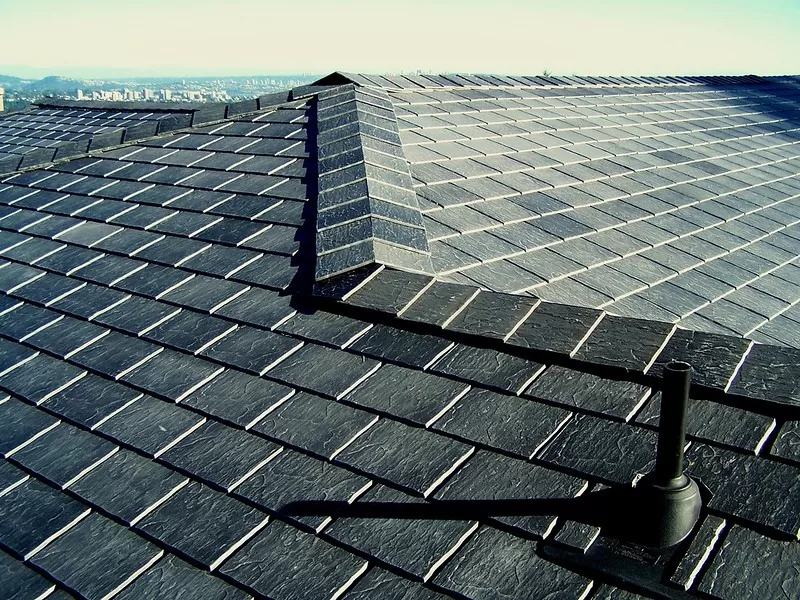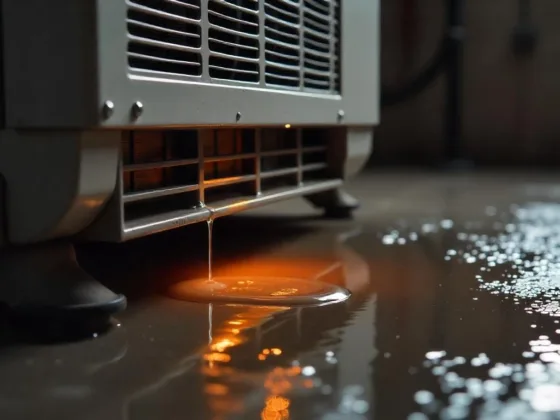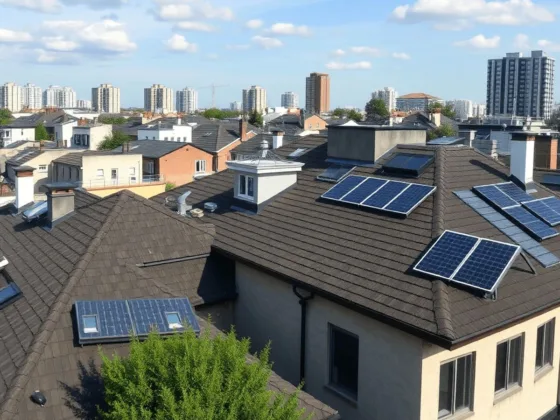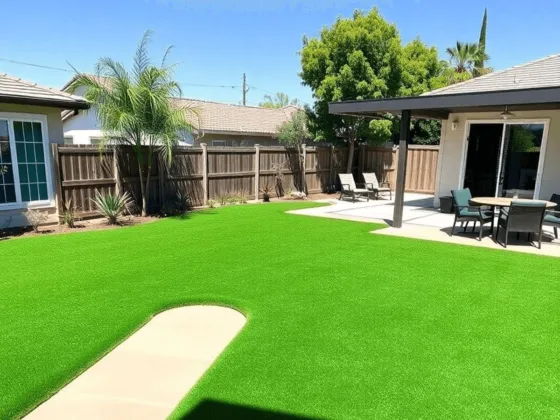Soil moisture is an essential factor in determining plant growth and development. It is the amount of water that is held in the soil and is available for plant use. Understanding the soil moisture level is crucial for farmers, gardeners, and landscapers to determine the optimal time to water their crops or plants.
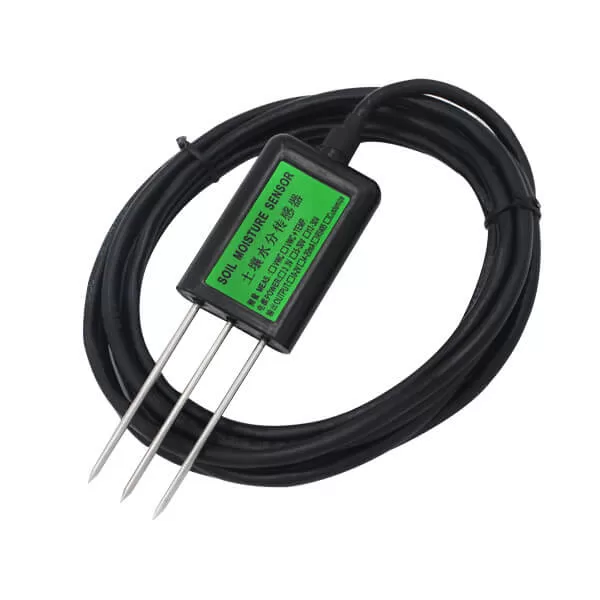
A soil moisture sensor is an electronic device that measures soil moisture levels to help with irrigation management, optimize plant growth, and conserve water resources.
Why is Soil Moisture Important?
Soil moisture is a critical component of soil health, affecting soil structure, nutrient cycling, and plant growth. Soil moisture level determines the availability of water and nutrients in the soil.
If soil moisture is too low, plants will not have enough water to survive, and their growth will be stunted. On the other hand, if soil moisture is too high, it can lead to root rot and other soil-borne diseases, and plants will not be able to take up nutrients efficiently.
Furthermore, soil moisture is an essential factor in determining the optimal time to irrigate crops or plants. Over-watering can lead to waterlogging and nutrient leaching, while under-watering can cause water stress, leading to wilted plants and reduced yields.
By measuring soil moisture, farmers and gardeners can determine the right amount of water needed for their plants, reducing water waste, and improving crop yields.
What is a Soil Moisture Sensor?
A soil moisture sensor is an electronic device that measures the water content in the soil. It consists of a probe that is inserted into the soil to measure the soil moisture level. The probe has two metal plates that act as electrodes.
When inserted into the soil, the metal plates come into contact with the soil moisture, and the sensor measures the electrical resistance between the two electrodes.
The more moisture present in the soil, the lower the electrical resistance between the electrodes. Conversely, when the soil is dry, the electrical resistance between the electrodes is higher.
The sensor converts the electrical resistance into a voltage signal, which is then transmitted to a data logger or microcontroller. The data logger or microcontroller then interprets the signal and provides an accurate reading of the soil moisture level.
Types of Soil Moisture Sensors
There are different types of soil moisture sensors, each with its advantages and disadvantages. Some of the common types of soil moisture sensors are:
Tensiometers:
Tensiometers are a simple and inexpensive type of soil moisture sensor. They measure soil moisture by monitoring the soil’s tension or suction. Tensiometers consist of a ceramic cup with a porous tip that is inserted into the soil.
A vacuum pump is used to draw water out of the cup, creating a negative pressure. As the soil dries, it creates a suction that is measured by the tensiometer.
Time Domain Reflectometry (TDR):
TDR soil moisture sensors measure the soil moisture level by sending a pulse of electromagnetic energy through the soil and measuring the time it takes for the energy to reflect back.
TDR sensors are highly accurate and can measure soil moisture at various depths. However, they are relatively expensive and require more power than other types of soil moisture sensors.
Capacitance Sensors:
Capacitance sensors measure soil moisture by creating an electrical field between two metal plates. As the soil moisture level changes, the electrical capacitance between the plates changes, and the sensor measures the change in capacitance. Capacitance sensors are affordable and easy to use, but they may be affected by soil salinity and temperature.
Gypsum Block Sensors:
Gypsum block sensors measure soil moisture by monitoring the resistance of a gypsum block. As the soil moisture level changes, the resistance of the gypsum block changes, and the sensor measures the change in resistance.
Gypsum block sensors are relatively inexpensive and can be used in various soil types. However, they require periodic maintenance and calibration.
Neutron Probe:
Neutron probes measure soil moisture by emitting low-energy neutrons into the soil and measuring the number of backscattered neutrons. Neutron probes are highly accurate and can measure soil moisture at various depths. However, they are relatively expensive and require specialized training to operate.
How to Use Soil Moisture Sensors
Soil moisture sensors can be used in various applications, such as agriculture, horticulture, landscaping, and environmental monitoring. To use a soil moisture sensor, follow these steps:
Insert the sensor into the soil: Insert the sensor into the soil at the desired depth. Make sure the sensor is fully inserted and in contact with the soil.
Calibrate the sensor: Before using the sensor, calibrate it according to the manufacturer’s instructions. Calibration involves determining the baseline reading of the sensor and adjusting it to account for any variability.
Read the sensor: Read the sensor using a data logger or microcontroller. Some sensors have built-in displays that show the moisture level.
Interpret the data: Interpret the sensor data to determine the optimal time to water your plants. Most sensors have threshold levels that trigger an alert when the soil moisture level is too high or too low.
Water your plants: Water your plants based on the sensor readings. Adjust the watering schedule as needed to maintain optimal soil moisture levels.
Conclusion
Soil moisture sensors are essential tools for managing irrigation, optimizing plant growth, and conserving water resources. They provide accurate readings of soil moisture levels, allowing farmers and gardeners to determine the optimal time to water their plants.
There are various types of soil moisture sensors, each with its advantages and disadvantages. When using a soil moisture sensor, it’s essential to calibrate the sensor and interpret the data correctly.
By using soil moisture sensors, farmers and gardeners can improve crop yields, conserve water, and promote sustainable agriculture.
It’s worth noting that soil moisture sensors can also play a crucial role in environmental monitoring. For example, in areas prone to drought, soil moisture sensors can help detect water scarcity and provide early warnings of potential drought conditions.
In addition, soil moisture sensors can also aid in the management of landfills, as they can detect leaks and prevent contamination of groundwater sources. Overall, soil moisture sensors are versatile tools that can have significant benefits in various applications.




